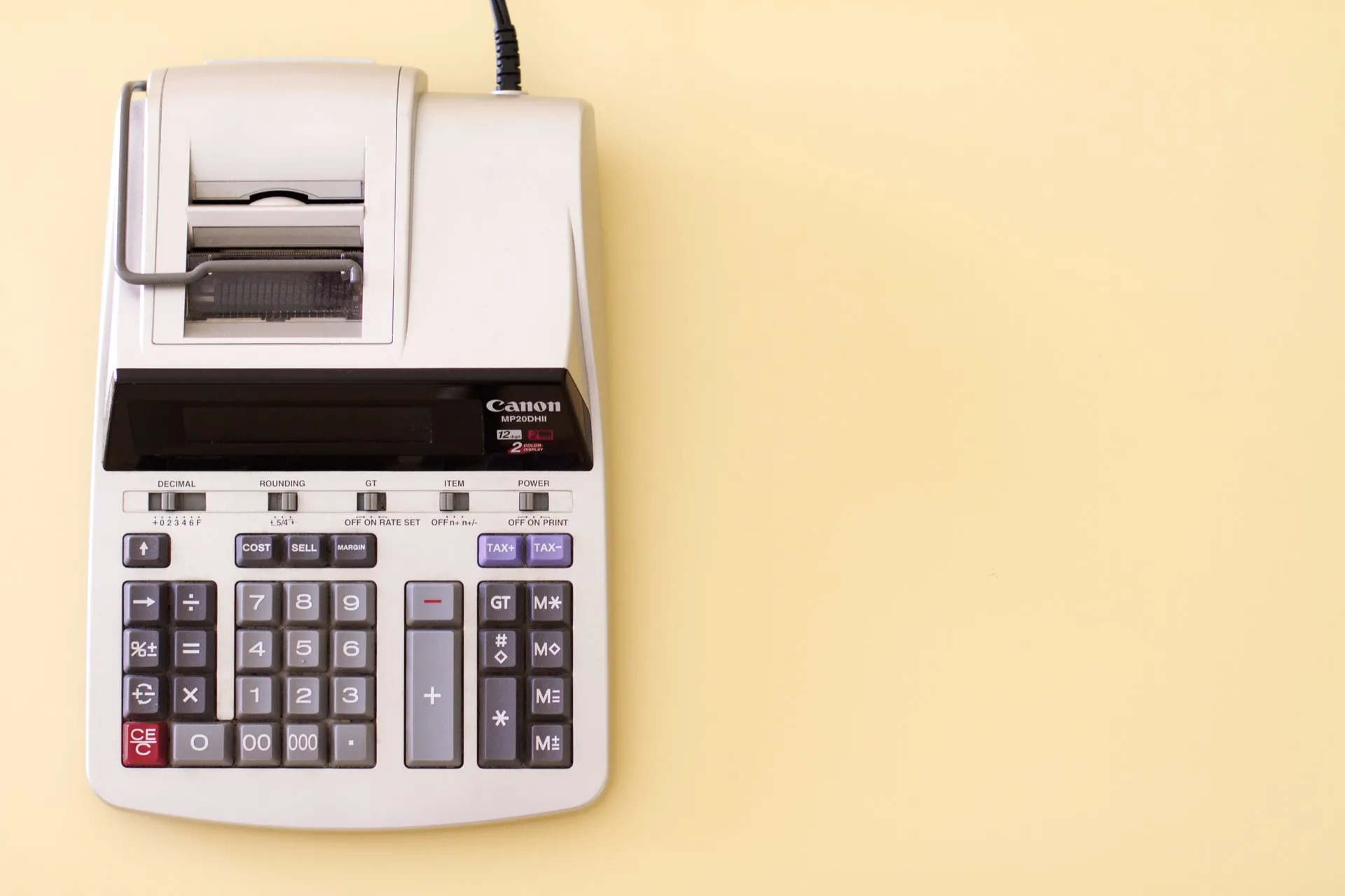As the workforce persistently attempts to find different ways to deal with conflict, the use of methods such as negotiation, mediation, and arbitration continue to be key methods for resolving conflict in the workplace. This blog will focus on understanding alternative dispute resolution for workplace conflict and will outline how to apply these skills at each stage in the event conflict arises.
WHAT IS ALTERNATIVE DISPUTE RESOLUTION?
Alternative dispute resolution refers to resolving disputes effectively outside of the courts and formal litigation. It consists of techniques and resolution procedures that parties can use to help settle disputes. Alternative dispute resolution is a cost-efficient and accelerated process in settling disputes.
DIFFERENT METHODS OF ALTERNATIVE DISPUTE RESOLUTION
MEDIATION
Mediation is a process that occurs before an impartial third party who assists in settling disputes. The use of a mediator allows for structure and ensures fairness throughout the dispute.
NEGOTIATION
Negotiation is a method of dispute resolution in which two or more parties communicate to reach an agreement on necessary action or actions. It provides parties with their own remedies and terms by narrowing issues along with determining mutual goals.
ARBITRATION
Arbitration is a process that occurs before an arbitrator that is selected by the parties involved in the dispute to hear and resolve their disputes and render a decision. Arbitration is the most formal of the three alternative dispute resolution processes and is an ideal method when parties cannot solve their disputes on their own.
WHAT IS CONFLICT?
Conflict can be defined as a type of opposition interpreted in various ways. A disagreement, an argument, or a fight are some examples that can be used to characterize conflict. Conflict could occur in the following relationships:
· An employment relationship;
· An interpersonal relationship;
· A contractual relationship; and/or
· A professional relationship;
Conflict can often occur in the workforce due to individuals holding different interests and views, frequently leading to a state of discord resulting from opposing views or conflicting interests and positions.
CONFLICT RESOLUTION METHODS
People deal with conflict in different ways, and have their own conflict management styles. Researchers Kenneth Thomas and Ralph Kilmann developed a model referred to as The Thomas-Kilmann Conflict Mode Instrument (TKI). The Thomas-Kilmann Conflict Mode Instrument is a known tool that is used to measure different conflict management styles. The different styles are divided into five categories and can eb explained as the following:
1. Compromising: Involves reducing expectations and getting only a portion of what was originally sought
2. Collaborating: Characterized by working with the other party to problem-solve and develop creative resolutions
3. Competing: Where one party strives to win at all costs
4. Avoiding: In which a party resists dealing with the issues in the conflict
5. Accommodating: Tends to make sacrifices for the other party to the conflict
By being aware and mindful of the conflict management styles above, we can effectively make conscious decisions about which style would be most efficient in the event conflict arises.
Additional conflict resolutions tools can be found below.
SUSPENSION
It is essential to understand that individuals can change the way they respond to conflict by suspending. Suspension refers to putting a conflict on hold to assess the situation conscientiously. Engaging in suspension allows each party to check their emotions and reflect on how to move forward. When individuals practice suspension, they are able to thoroughly reflect on their thoughts and concerns without acting on them.
PERSPECTIVISM
Conflict is best understood if it is viewed from different angles. Perspectivism is a view that there is not one correct theory to evaluate conflict but can instead be assessed by several viewpoints. Individuals often view things differently when conflict arises, and this can affect the way they will understand and weigh the conflict.
ACTIVE LISTENING
Active listening is a significant element when in conflict. It involves having an interest in what someone says and being an attentive recipient of the information being expressed. Active listening can be expressed by vocalizing short phrases or utterances that demonstrate to a speaker that he or she is being understood. This technique is referred to as minimal encouragers. The speaker then feels supported and feels encouraged to continue speaking as a result of the encouragers.
HOW TO INCORPORATE ALTERNATIVE DISPUTE RESOLUTION METHODS IN THE WORKPLACE?
When we recognize that each individual has a different conflict management style, it will aid in working with other employees and employers in the workforce.
In the Thomas-Kilmann Instrument, various styles are considered when dealing with your own conflicts or conflicts with others.
The first step is the use of the method of suspension on the initial action of the conflict, then take the time to assess and understand the situation so we can effectively respond.
One of the most efficient ways to move forward and to resolve conflict is to use effective communication. Due to the fact that individuals in the workplace come from different backgrounds and have different views, we may misjudge motives and certain communication can get misconstrued. This can be reduced significantly in the workplace by meticulously being diligent in our verbal and non-verbal communication. As discussed, active listening is a vital component of communication and can assist in providing opportunities for resolution. Although it may take time to incorporate these methods in the workplace, we can attempt to build these skills through persistent effort and practice.
CONTACT US
If you would like further assistance as to how to integrate alternative dispute resolution methods in the workplace, we encourage you to contact your Toronto employment lawyers, Sultan Lawyers at 416-214-5111 or here.
Your Case: Our Priority.
At Sultan Lawyers PC, we are the only firm specializing exclusively in employment and immigration law. Whether your case is straightforward or complex, we have the experience and commitment to achieve the best possible outcome. Trust us to navigate the toughest challenges with you.



